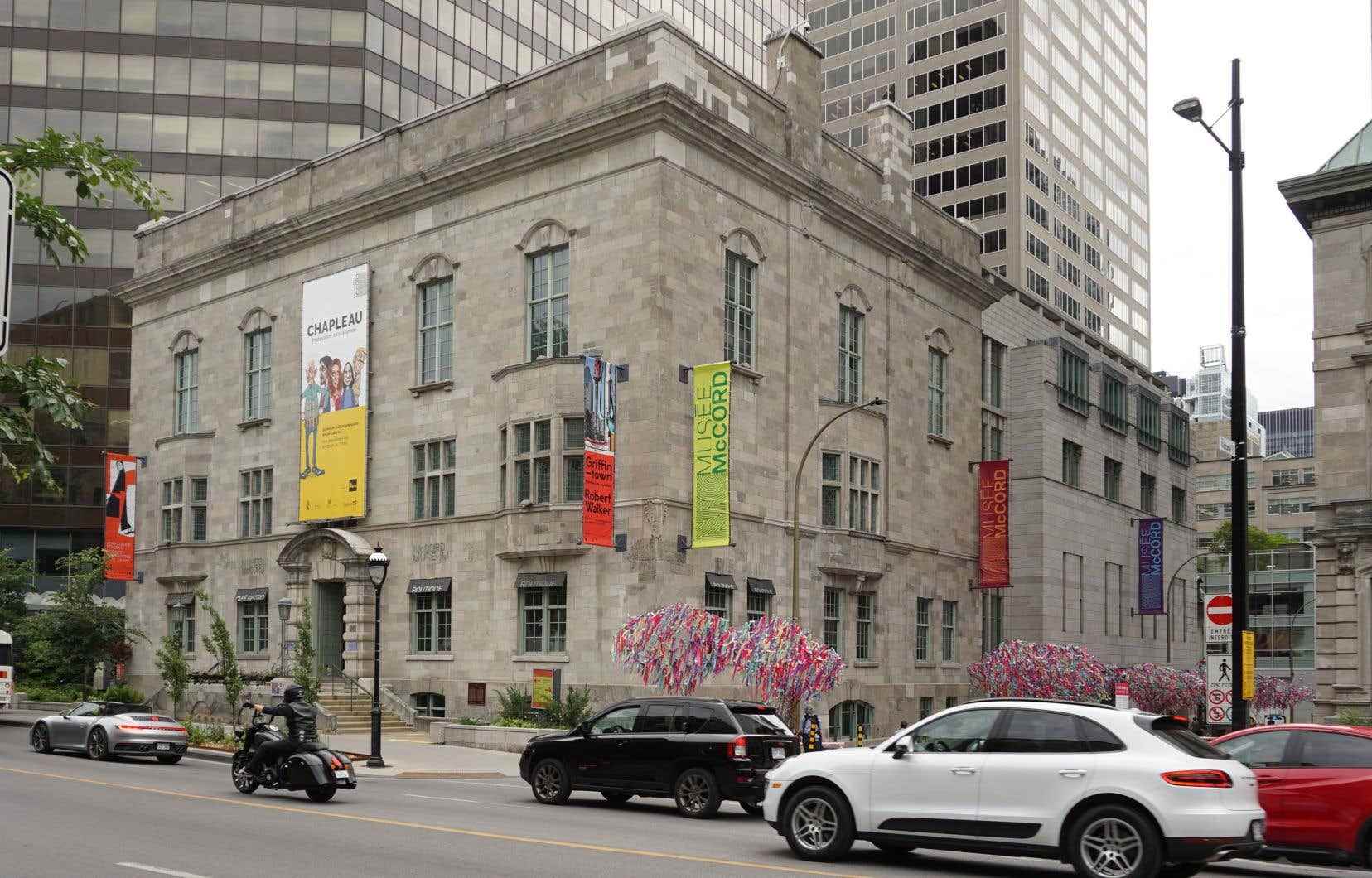The Canadian Museums Association (CMA) calls on the federal government and the provinces to pass legislation to force museum institutions to return their Aboriginal cultural property to the communities concerned. Too many of these properties belonging to Aboriginal people are still stored in museums without their consent, we deplore in a report published on Tuesday.
We are talking here about archival documents, photos, works of art and even human remains. That such cultural property is now in the hands of foreign museums stems from a “colonial heritage” and “genocidal practices”, can we read in this 138-page report.
The CMA nevertheless recognizes that efforts have been made in recent years by Canadian museums to return Aboriginal property to the rightful person. Nevertheless, the repatriation of Aboriginal artefacts comes up against a number of obstacles.
“The process is often slow, underfunded, understaffed and uneven, placing an unequal burden on Indigenous communities to conduct research and participate in policy processes or meet the burden of proof set by museums,” concludes the report. In addition to facing a lack of resources and funding, indigenous communities often do not have enough space to store all the goods that belong to them, it is added.
To give Indigenous people the means to fulfill their ambitions, the AMC calls on governments to adopt laws governing the repatriation process, in accordance with the United Nations Declaration on the Rights of Indigenous Peoples (UNDRIP) and the report of the Commission of truth and reconciliation in 2015.
The Canadian Museums Association specifies that these legislative changes must also be accompanied by increased funding to facilitate the return of museum property to Aboriginal people. “We recommend that federal, provincial and territorial governments bear the costs of the repatriation process for Indigenous communities through dedicated and ongoing funding,” the report suggests.
A law not so necessary?
It is estimated that a quarter of museum establishments in the country hold cultural property of Aboriginal origin. Among them, the McCord Stewart Museum has a collection of indigenous masks for which it claims to have never received a request for restitution. If such a request were made, the Montreal institution would act, she said, “on a case-by-case basis”.
“Many indigenous communities are very comfortable that there is no real law on restitution, as in the United States. This allows them to establish contacts with museums. I think there are ways to work well together, without there being a Canada-wide law. It could help, but it’s not the only solution,” added Jonathan Lainey, curator at the McCord Stewart Museum for everything related to Aboriginal cultures.
Ottawa does not commit itself for the moment to adopt a law on the subject. In an email sent to To have to, the Ministry of Heritage says it wants to study the report in depth before moving forward. The Native Museum of Mashteuiatsh and the Huron-Wendat Museum of Wendake have also indicated that they want to give themselves time before reacting to the AMC report.
Despite legislative change and better funding, the repatriation of Indigenous collections would most likely remain a laborious process. The AMC says it has found that several museums are reluctant to respond to requests, with good reason, because it is impossible for them to prove the origin of the works claimed. “The provenance and origin of the objects have sometimes even been simply invented by the donor or the seller. This means that a museum, no matter how well intentioned, simply cannot return cultural property without knowing its provenance,” the report says.
